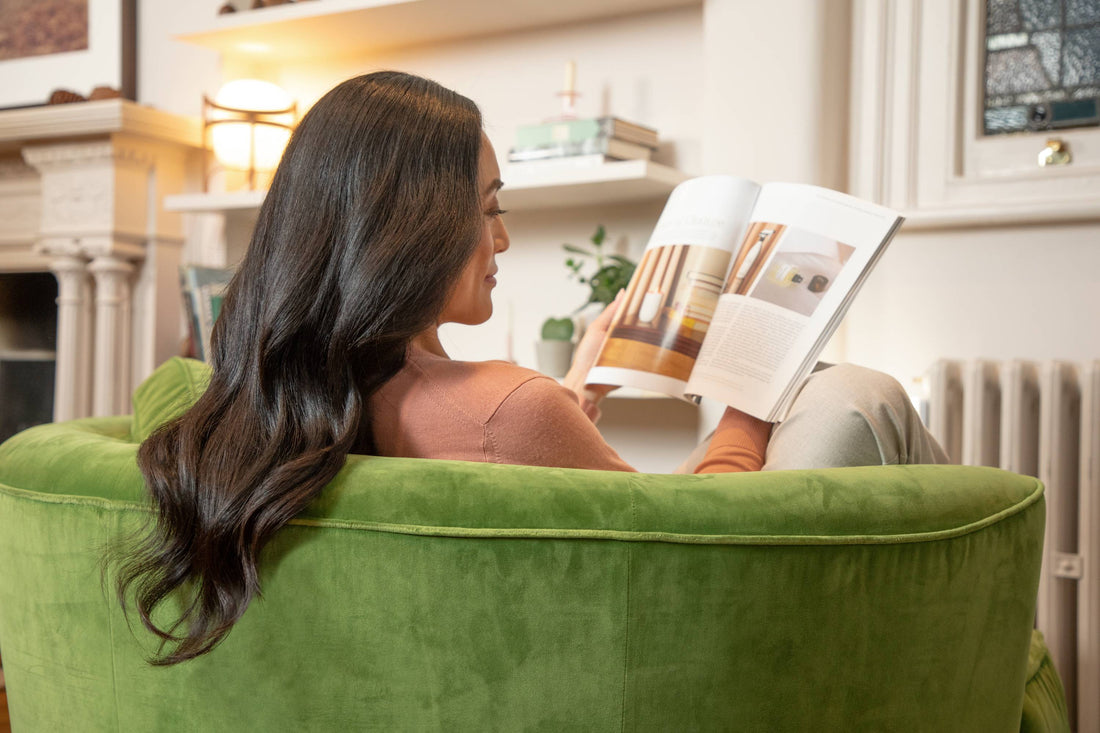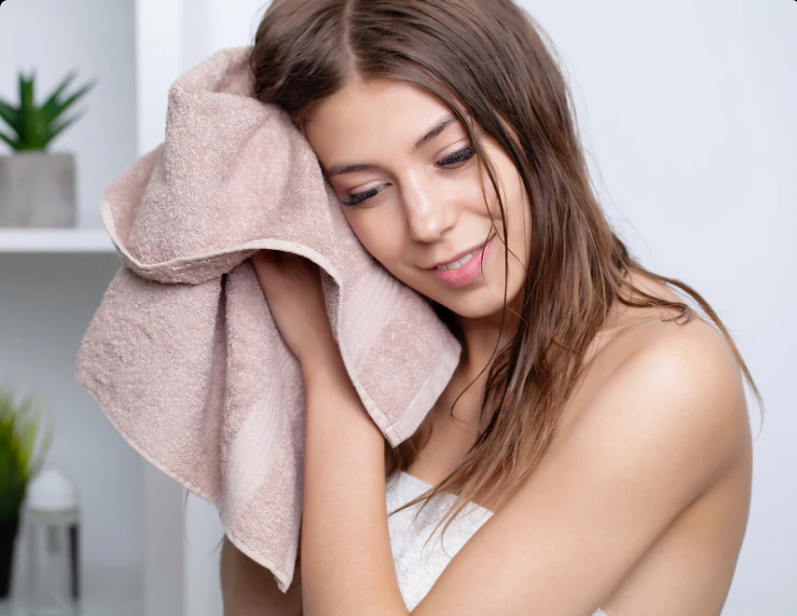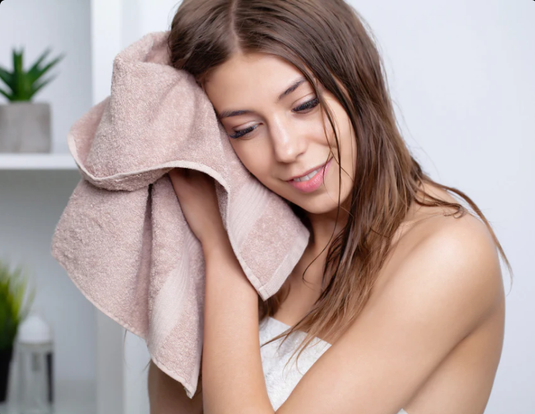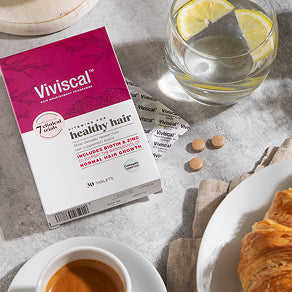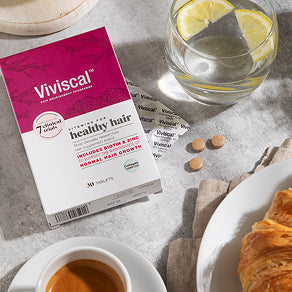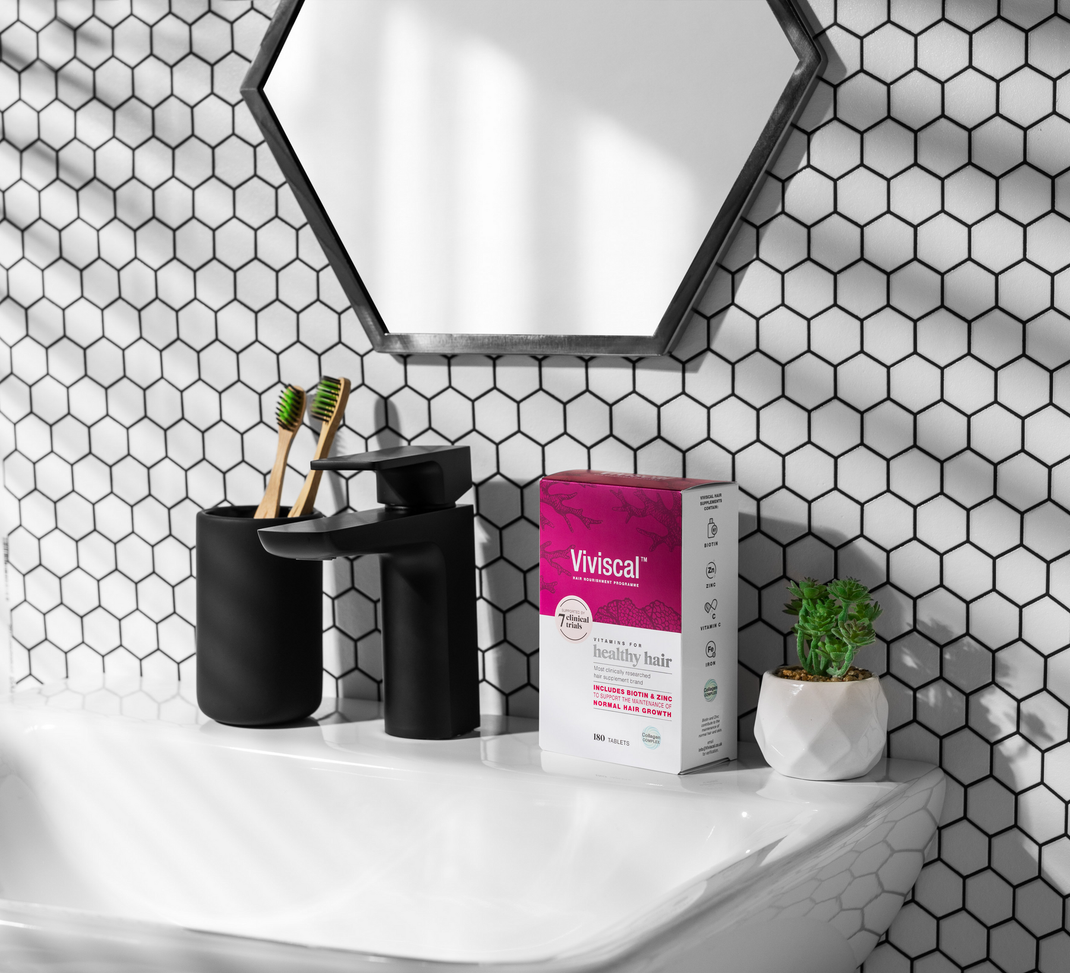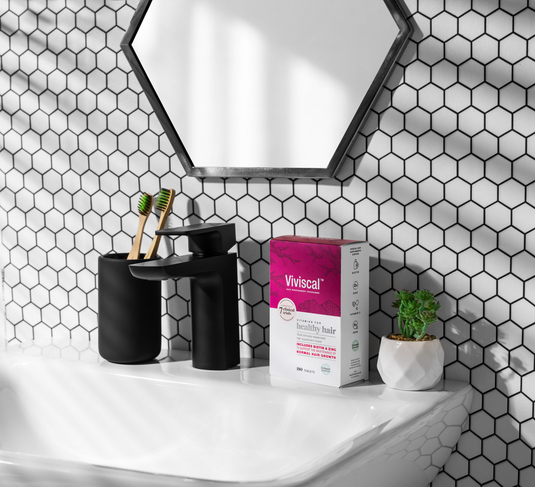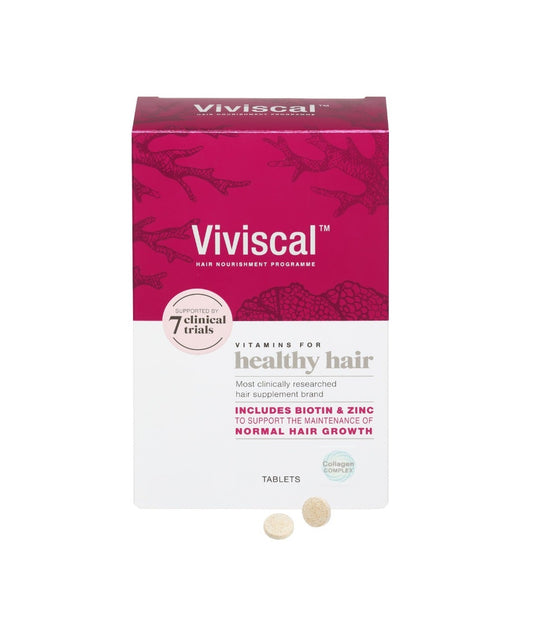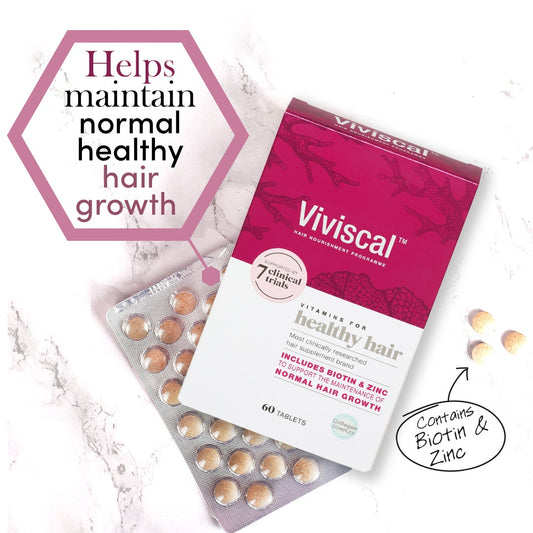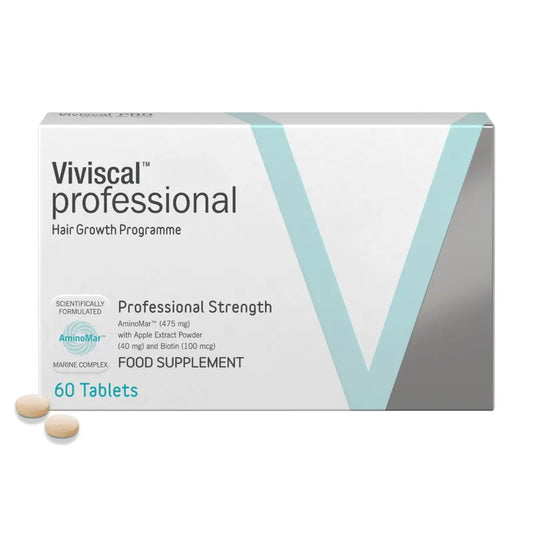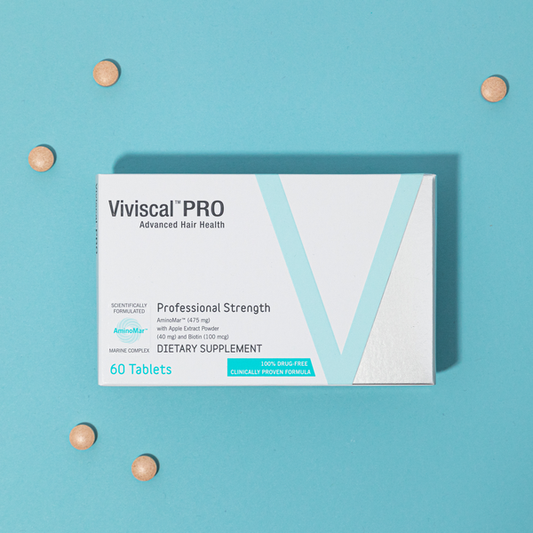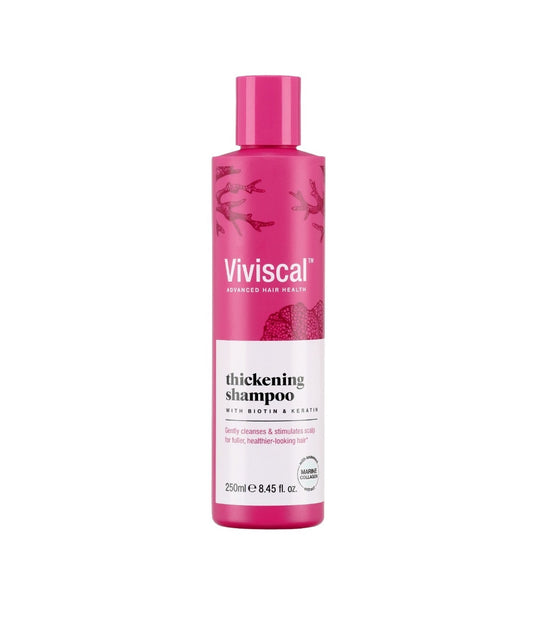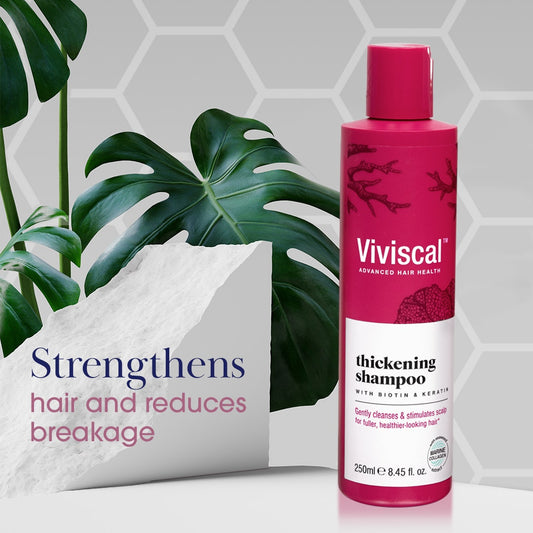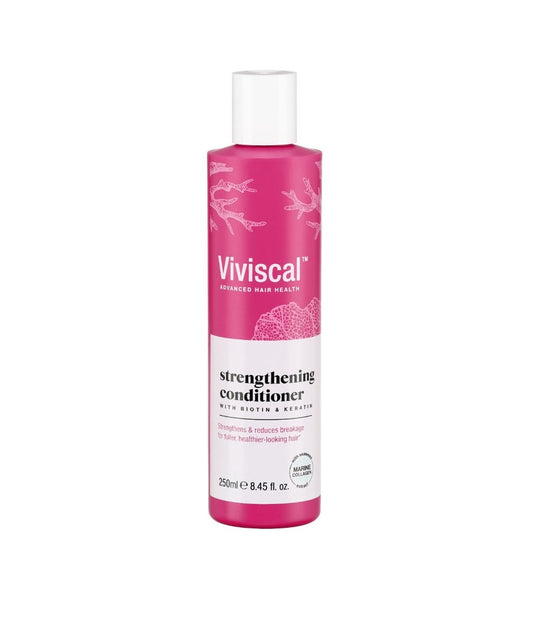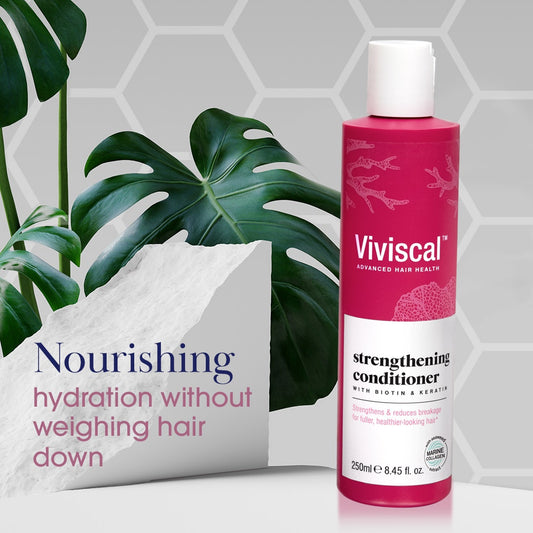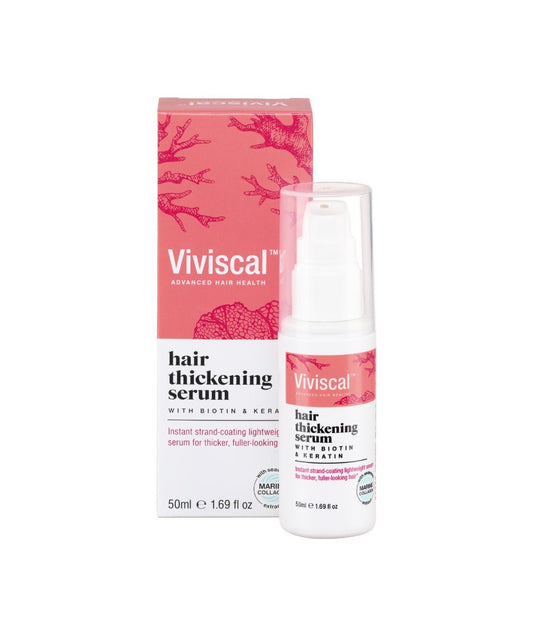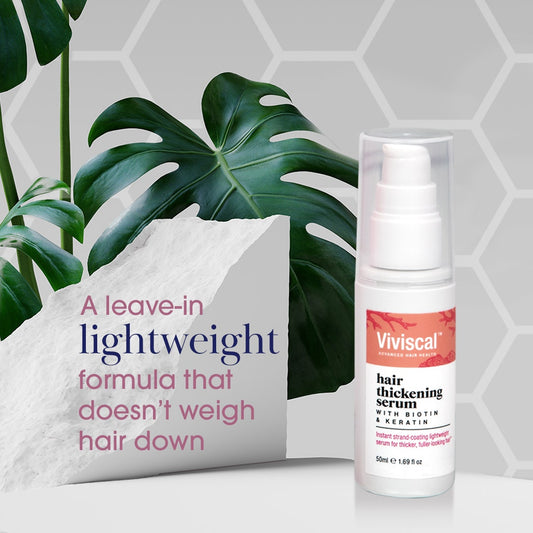Menopausal Hair Loss: Menopausal Hair Loss Explained The what & the why
For most people who menstruate, the menopause is an inevitable, natural process experienced later in life. It can involve all sorts of physical changes and phenomena, from hot flushes to insomnia. However, menopause has also been connected to hair loss.
While it' is estimated by the NHS that around half of women aged 70 or over will experience some kind of hair loss, the menopause has been identified as a separate influencing factor in this figure.
But why? And what can individuals going through the menopause do to deal with any hair loss or shedding that may occur? Read on to find out.
Hormones and your hair
The menopause is underpinned by changes in hormones, important chemical substances which, as we’ve discussed elsewhere, have significant bearing on the health of your hair.
When the hormone levels in your body are imbalanced or jeopardised for one reason or another (life events, bodily changes, etc), your hair also encounters faces changes, too.
As an example, if you encounter a sudden decrease in oestrogen levels, you may experience a certain degree of hair loss. Testosterone, on the other hand, can cause thinning on top in men but increased facial hair if there is too much of it present in the your body. It really is a fine line, but it’s nothing to worry about.
The hair growth cycle
We’ve spoken extensively about the hair growth cycle and its importance over the years. But what do hormones have to do with it?
Well, the different phases your hair goes through – — anagen, catagen, teloegen, and exogen –— can be either augmented lengthened or shortened by hormone imbalances. Right from the growth phase to the resting phase, these stages are highly sensitive to chemical changes. If the anagen phase is disrupted, then hair growth rates may fall below the rate at which hair is falling out, causing thinning to be detected.
What does menopausal hair loss in menopause look like?
It is important to note , at this point, that hormone fluctuations (and the associated changes in hair) are always unique to everyone. For some people, there may well be no hair loss symptoms at all. For others, light shedding may occur, becoming more noticeable during when brushing or while washing hair in the shower.
In some cases, menopausal hair loss may manifest itself in hair thinning or in the early stages of female pattern baldness. This is where hair becomes much more sparser around the temples, widow’s peak area, and on top where the parting sits.
‘Perimenopausal hair loss’ is usually what is noticed first. , however. This refers to the hair loss associated with the period when a person is transitioning from regular menstruation into the actual menopause (a period of which involves 12 consecutive months without a period). After this point, any shedding or thinning will be deemed ‘postmenopausal’.
Does menopause cause hair loss?
When menopause occurs, it is usually, but not always, around between the ages of 45-55 when a person’s hormone levels have dropped. Tas this is what causes regular menstruation to eventually cease.
During the menopause, the body begins to produce much less oestrogen, a hormone highly involved in healthy hair growth. This — helpsing extend the length of the teloegen (resting) phase, where hair happily sits in place on the head. A lack of oestrogen, along with low progesterone levels, can cause hair to grow much slower.
Another knock-on effect is the production of androgens. When oestrogen and progesterone levels fall, the ‘male’ hormone group, known as androgens, are is stimulated and starts to be produced more rapidly. The effect? A slight increase of hair on the face and a decrease in hair on the scalp and head (like like what happens when testosterone levels rise in men).
Other causes of hair loss in menopausal women
Now that we’ve explored the more biological causes of hair loss, it is worth considering the complex connection between social and emotional factors, too. Hair loss can also be caused by:
- Dietary factors, such as deficiencies and allergies
- Underlying medical conditions, such as thyroid issues
- Hereditary factors
- Stress levels caused by mental health or sudden, major life events
- Medical treatment and medication side-effects
When you take into accountconsider that people going through the menopause may also be experiencing nausea, increased perspiration, insomnia, chills, weight gain, slow metabolism, and more, it becomes easier to appreciate that the reasons behind menopausal hair loss may be way more complex than we think.
What can you do about menopausal hair loss?
If, like so many women, you are beginning to spot the signs of menopausal hair loss – like so many women – and want to do something about it, there are plenty of solutions out there.
Here at Viviscal, we’re passionate about hair health and believe that the most effective treatments for hair loss involve a combination of ‘inner’ and ‘outer’ methods. Promoting the healthy production of hair at the follicle is the first place to start, after which the hair strands themselves (and the scalp) should also be nourished to maintain them.
As such, we’ve produced not only vitamins for hair loss menopause,Hair Growth Vitamins suitable for women going through the menopause, but a series of thickening topical products such as shampoos, conditioners, and serums to nourish the hair.
If you have any further questions about our menopause hair loss supplements or menopausal hair loss or our other products, be sure to check out our FAQ page or get in touch with our team directly.
Use a Volumizing Shampoo & Lightweight Conditioner
How do I get more volume in my thin, fine hair? We get this question a lot at Vivisical™! Many women, especially those over 40, struggle with thinning hair and lack of volume. But don’t worry – we’ve got you covered with expert tips and tricks to add volume to thin hair. Whether you’re dealing with age-related hair thinning or naturally fine strands (or both!), these tips will help you achieve fuller-looking, more voluminous locks.
Understanding Thin Hair
Before diving into solutions, let’s address why some of us have fine or thin hair:
Genetics – Your DNA largely determines your hair type. If you have a parent with thin hair, you’re much more likely to have thin hair yourself.
Aging – Nearly everyone experiences some hair loss with age. Plus, hair follicles can shrink with age, leading to finer hair.
Hormonal changes – Pregnancy, menopause, and thyroid issues can affect hair thickness.
Nutritional deficiencies – Lack of certain vitamins and minerals can impact hair health.
Stress – High stress levels can lead to temporary thinning.
Thin hair presents unique styling challenges, like:
- Lack of body and bounce
- Difficulty holding styles
- Appearing flat, especially at the roots
- Becoming greasy more quickly
But don’t despair! You can transform the appearance of thin or fine hair with the proper techniques and products.
15 Secrets to Add Volume to Fine & Thin Hair
Before diving into solutions, let’s address why some of us have fine or thin hair:
1. Use a Volumizing Shampoo & Lightweight Conditioner
How do I get more volume in my thin, fine hair? We get this question a lot at Vivisical™! Many women, especially those over 40, struggle with thinning hair and lack of volume. But don’t worry – we’ve got you covered with expert tips and tricks to add volume to thin hair. Whether you’re dealing with age-related hair thinning or naturally fine strands (or both!), these tips will help you achieve fuller-looking, more voluminous locks.
2. Skip the Towel
When drying freshly washed hair, a regular cotton terry towel can rough up the cuticle and cause breakage to fragile, wet hair. Instead, gently wrap hair in an old T-shirt or a bamboo hair wrap designed to absorb moisture without damaging it.
3. Choose a Thickening Serum
After you’ve washed your hair, apply a lightweight leave-in product like Vivisical™ Hair Thickening Serum. Vivisical™ Hair Thickening Serum coats each strand to reduce frizz, leading to thicker, fuller-looking hair^^. Whether you air dry or blow dry your hair, this is a great addition to your routine.
^^Use in conjunction with Vivisical™ Thickening Shampoo and Strengthening Conditioner
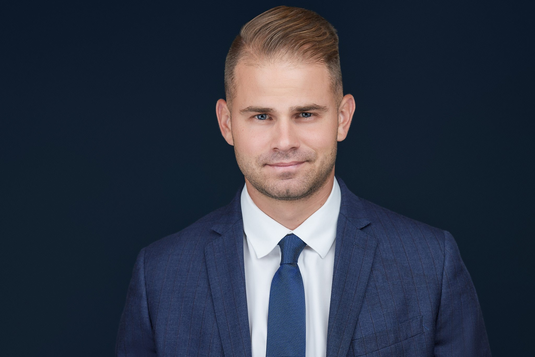
Vivisical™ has been researched, and in just one of the many studies, the people who took this supplement had more hair after taking it three months, and less hair shedding.
-Dr. Brian Heil, Doctor of Trichology
Frequently Asked Questions
How do I get more volume in my thin, fine hair?
To add volume to thin, fine hair, start with a volumizing shampoo and conditioner. Use styling products like mousse or root-lifting spray on damp hair, then blow-dry hair upside down for maximum lift. Finish with a texturizing spray or dry shampoo to add body and grip to your style.
How can I make my thin hair look thicker?
To make thin hair appear thicker, opt for a cut with long layers that create movement without losing much fullness. Use thickening products that coat the hair shaft, and consider strategic coloring techniques like highlights and lowlights to add depth and dimension. Styling hair with textures such as waves or curls can also make hair look thicker than sleek, straight styles.
How do I get more volume in my thin, fine hair?
To combat flat hair on top, apply a volumizing root spray to damp roots before blow-drying. Use the “twist and clip” method: twist sections of damp hair, clip them to your head, and let them dry for added lift. Additionally, try changing your part or using a zigzag part to create instant volume at the crown.
